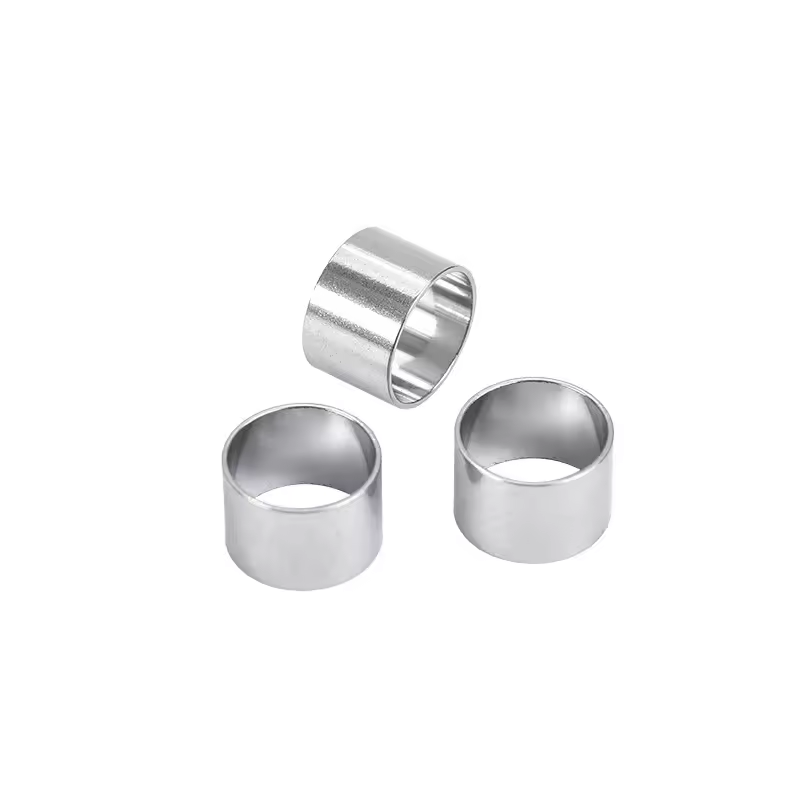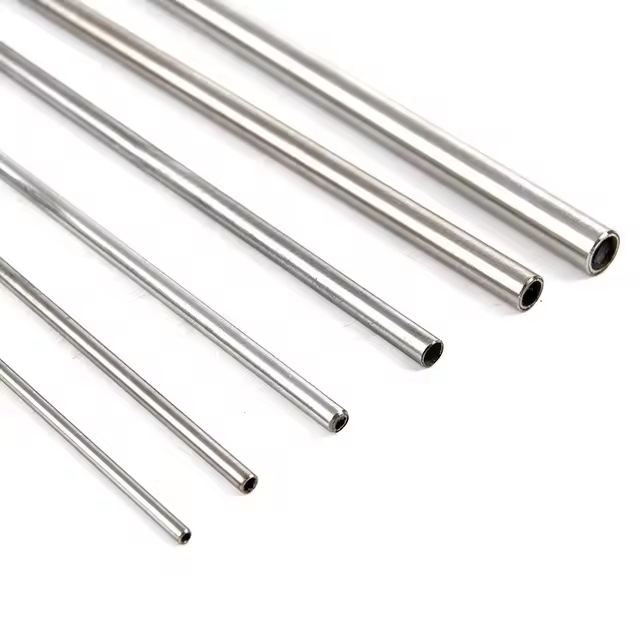Views: 0 Author: Site Editor Publish Time: 2025-07-29 Origin: Site








Stainless steel pipes, with their excellent properties such as corrosion resistance and high strength, are widely used in numerous fields including industry, medical care, and construction. Their manufacturing process is rigorous and precise, with each step affecting the quality of the final product. The following is a detailed introduction to the manufacturing process of stainless steel pipes.

The first step in manufacturing stainless steel pipes is to select appropriate raw materials, usually stainless steel plates or billets. The type of stainless steel (such as 304, 316, etc.) needs to be determined according to the application scenario of the pipes. For example, 316 stainless steel, which has stronger corrosion resistance, is commonly used in the medical field. After selecting the raw materials, they must be strictly inspected to remove surface impurities, oil stains, etc., ensuring the purity and quality of the raw materials and laying a good foundation for subsequent manufacturing processes.
For seamless stainless steel pipes, hot rolling and piercing is a key forming step. The billet heated to a high temperature is put into a piercing machine. Through the rotation of the rolls and the action of the plug, a hollow shell is gradually formed inside the billet. This process can initially determine the approximate size and wall thickness of the pipe, and at the same time, the high temperature enhances the plasticity of the billet, facilitating subsequent processing and shaping.
The dimensional accuracy and surface quality of the shell after hot rolling and piercing need to be further improved, which requires cold rolling or cold drawing. Cold rolling is the rolling of the shell at room temperature through a rolling mill, which can effectively improve the dimensional accuracy and surface finish of the pipe; cold drawing is the forced drawing of the shell with the help of a die, making the diameter and wall thickness of the pipe more precise to meet the strict requirements of different scenarios on pipe dimensions.

The manufacturing process of welded stainless steel pipes is different from that of seamless pipes. First, the stainless steel plate is cut to an appropriate width, and then it is rolled into a tubular shape by a forming machine, so that the edges of the plate are butted together. Then, welding technology (such as argon arc welding) is used to weld the butt joint firmly to form a tubular structure. After welding, the weld seam needs to be treated to remove slag and burrs to ensure the strength and tightness of the weld seam.
Both seamless pipes and welded pipes will generate internal stress during processing, which affects the performance of the pipes. Therefore, heat treatment is required. The pipes are put into a heat treatment furnace and heated, insulated, and cooled at a specific temperature to eliminate internal stress, improve the mechanical properties of the pipes, such as increasing toughness and strength, and at the same time, optimize the corrosion resistance of the pipes.
In order to improve the surface quality and corrosion resistance of stainless steel pipes, surface treatment is also required. Common surface treatment methods include polishing, pickling, etc. Polishing can make the surface of the pipe smoother and reduce dirt adhesion; pickling can remove the oxide scale and impurities on the surface, forming a uniform passive film, enhancing the corrosion resistance of the pipe.
Strict inspections are required in all links of stainless steel pipe manufacturing. Including dimensional accuracy inspection (such as diameter, wall thickness, etc.), mechanical property inspection (such as tensile strength, hardness, etc.), corrosion resistance inspection, and surface quality inspection. Only pipes that pass all inspection standards can be judged as qualified products, ensuring that they can meet the use requirements of different fields.
Through the above series of complex and rigorous manufacturing processes, high-quality stainless steel pipes can be produced, providing reliable material support for the development of various industries.
